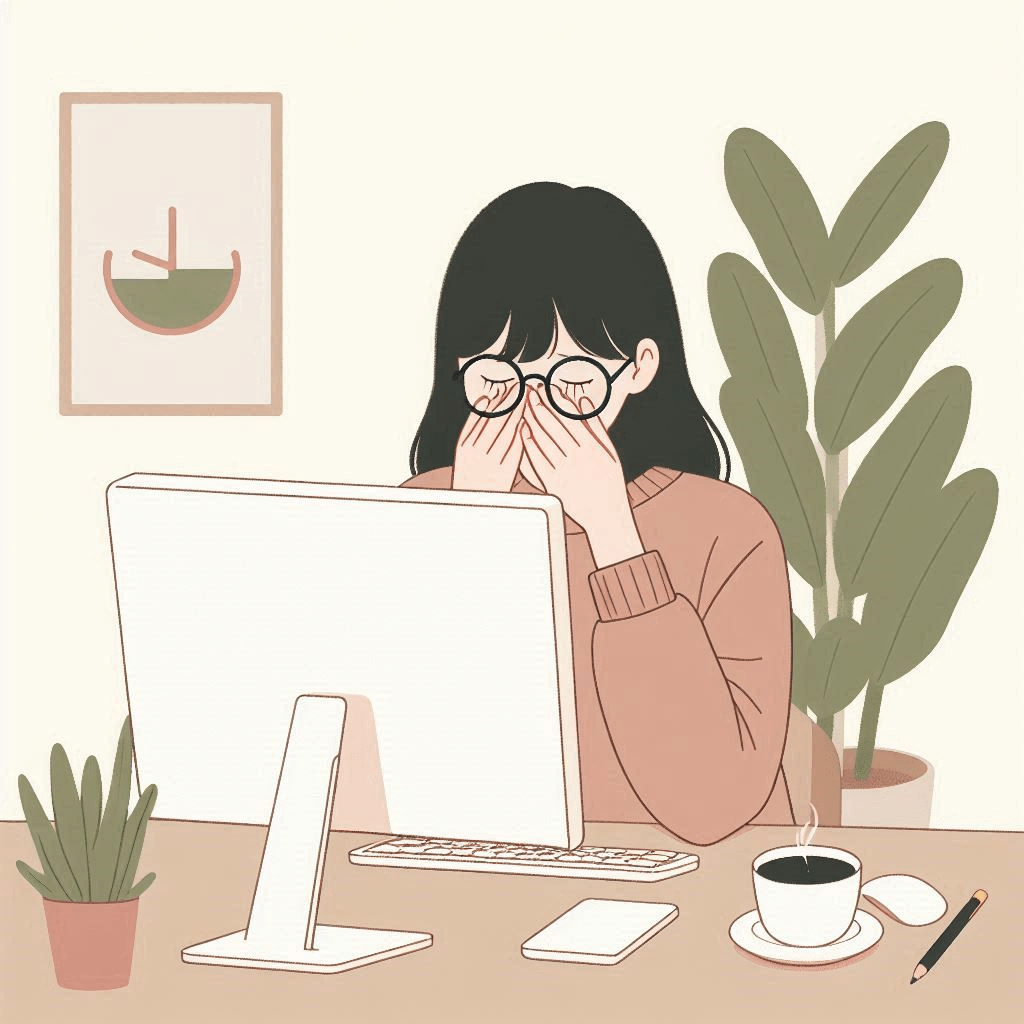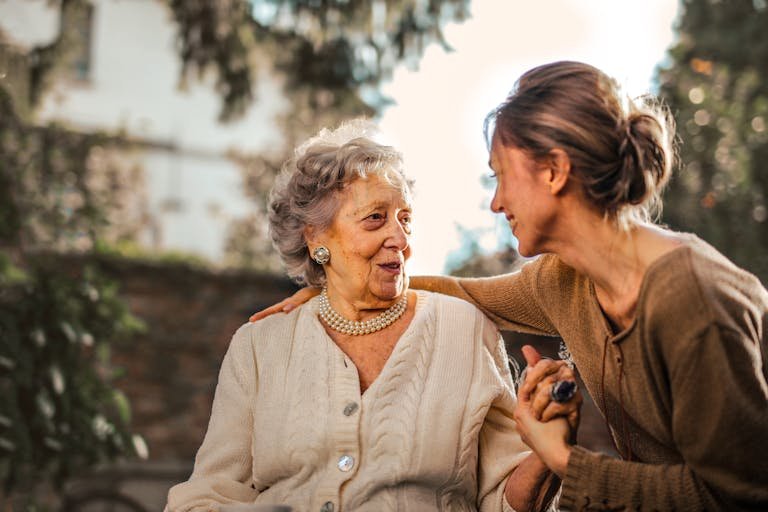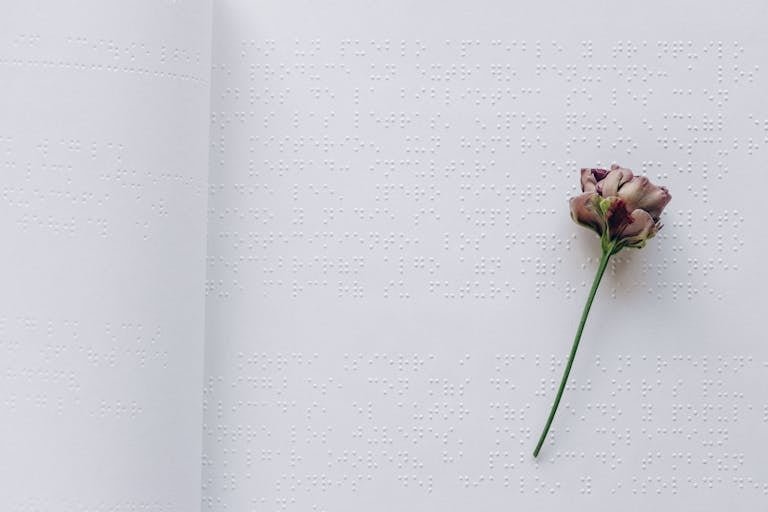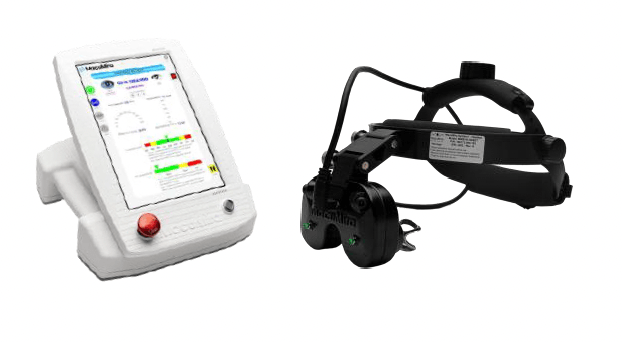Blue Light and Sleep Quality: Essential Guide to Better Rest
Blue light and sleep quality are intricately connected in our modern, screen-filled world. If you’ve ever wondered why that late-night scroll through social media leaves you tossing and turning, you’re not alone.
This comprehensive guide will explore the crucial relationship between blue light and sleep quality, offering insights and practical solutions to help you achieve better rest.
Understanding Blue Light and Its Impact on Sleep Quality
Blue light is a high-energy, short-wavelength light on the visible light spectrum. While it’s present in sunlight, it’s also emitted by digital devices like smartphones, tablets, computers, and TVs.
Blue light is a specific portion of the visible light spectrum with unique properties and effects:
- Wavelength and Energy:
- Wavelength: Approximately 380-500 nanometers
- Highest energy of visible light colors
- Short wavelength, high frequency
2. Natural Sources:
- Sun is the primary natural source
- Sky appears blue due to blue light scattering in the atmosphere
3. Artificial Sources:
- LED lights
- Fluorescent bulbs
- Digital screens (smartphones, tablets, computers, TVs)
- Energy-efficient lighting
4. Penetration:
- Passes through the cornea and lens
- Reaches the retina more easily than other light colors
4. Biological Effects:
- Suppresses melatonin production
- Influences circadian rhythm
- Can increase alertness and cognitive function
5. Potential Health Impacts:
- May contribute to digital eye strain
- Linked to sleep disruption when exposed at night
- Possible long-term effects on retinal cells (still being studied)
6. Beneficial Aspects:
- Regulates natural sleep-wake cycle when properly timed
- Can improve mood and energy levels during daytime
- Used in light therapy for certain conditions
7. Technological Considerations:
- Digital devices emit significant amounts of blue light
- Many devices now offer blue light filtering options
8. Measurement:
- Measured in units of illuminance (lux) or irradiance (W/m²)
- Spectral power distribution used to analyze blue light content
Natural vs. Artificial Blue Light: Effects on Sleep Quality
During daytime hours, exposure to natural blue light from the sun is beneficial. It boosts attention, reaction times, and mood. However, problems arise when we’re exposed to artificial blue light, especially after sunset. Our bodies haven’t evolved to handle this relatively new phenomenon, leading to disruptions in our natural sleep-wake cycle and overall sleep quality.
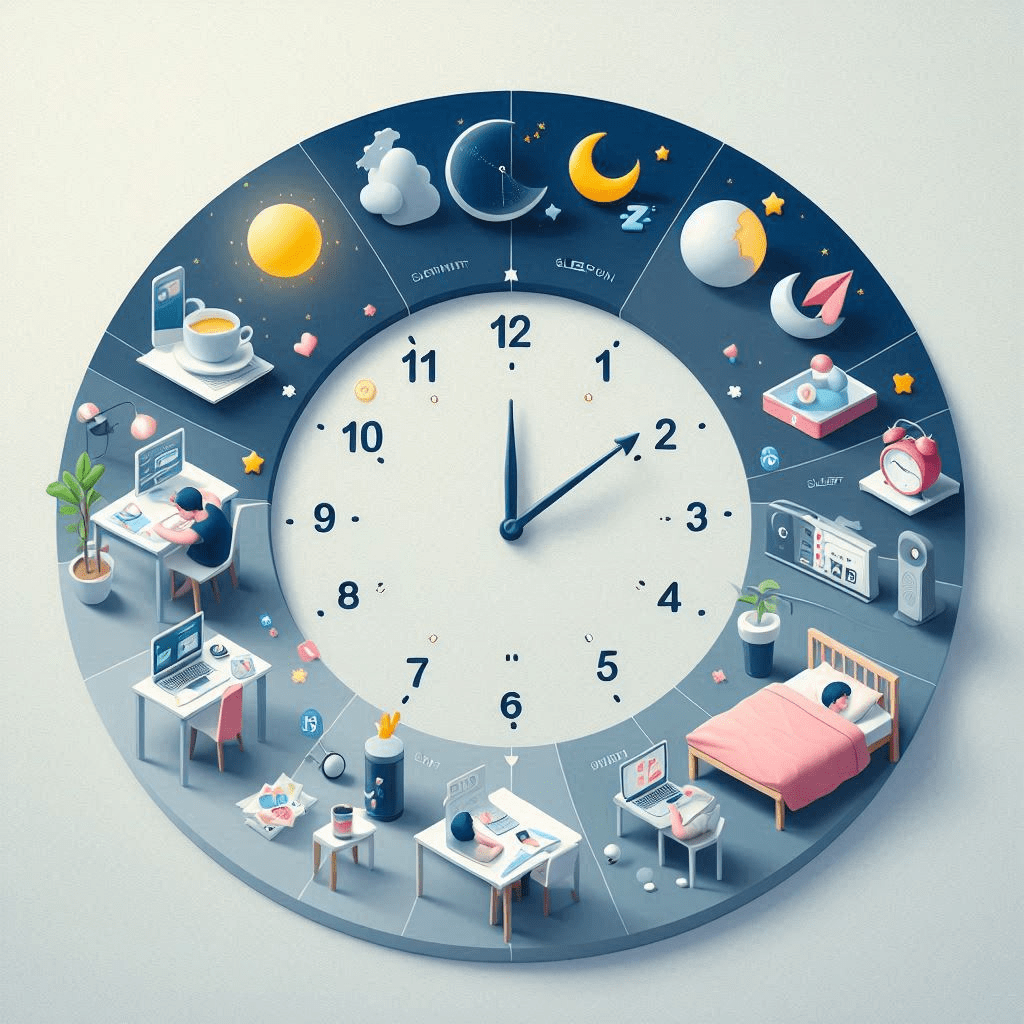
How Blue Light Impacts Sleep Quality:
- Suppresses melatonin production
- Tricks brain into thinking it’s daytime
- Shifts the body’s internal clock
- Can lead to misalignment of biological processes
2. Decreased Sleep Quality:
- Reduces total sleep time
- Decreases time spent in deep sleep stages
- Increases sleep latency (time to fall asleep)
- May cause more frequent nighttime awakenings
- Reduces REM sleep, impacting memory consolidation and emotional processing
3. Delayed Sleep Phase:
- Pushes back natural sleep onset time
- Can lead to difficulty falling asleep at desired bedtime
- May result in insufficient sleep duration if wake time is fixed
- Can create a cycle of chronic sleep debt
Additional impacts:
- Increased next-day fatigue and sleepiness
- Potential mood disturbances
- Impaired cognitive performance
- Long-term health risks associated with chronic sleep disruption
These effects are most pronounced with blue light exposure in the evening hours, particularly within 2-3 hours before bedtime.
The Ripple Effects of Poor Sleep Quality Due to Blue Light Exposure
The impact of blue light on sleep quality isn’t just about feeling tired the next day. Chronic sleep deprivation can lead to a host of health issues, including:
- Increased risk of obesity
- Higher likelihood of developing depression
- Weakened immune system
- Impaired cognitive function
- Elevated risk of cardiovascular disease
Practical Tips to Improve Sleep Quality by Minimizing Blue Light Exposure
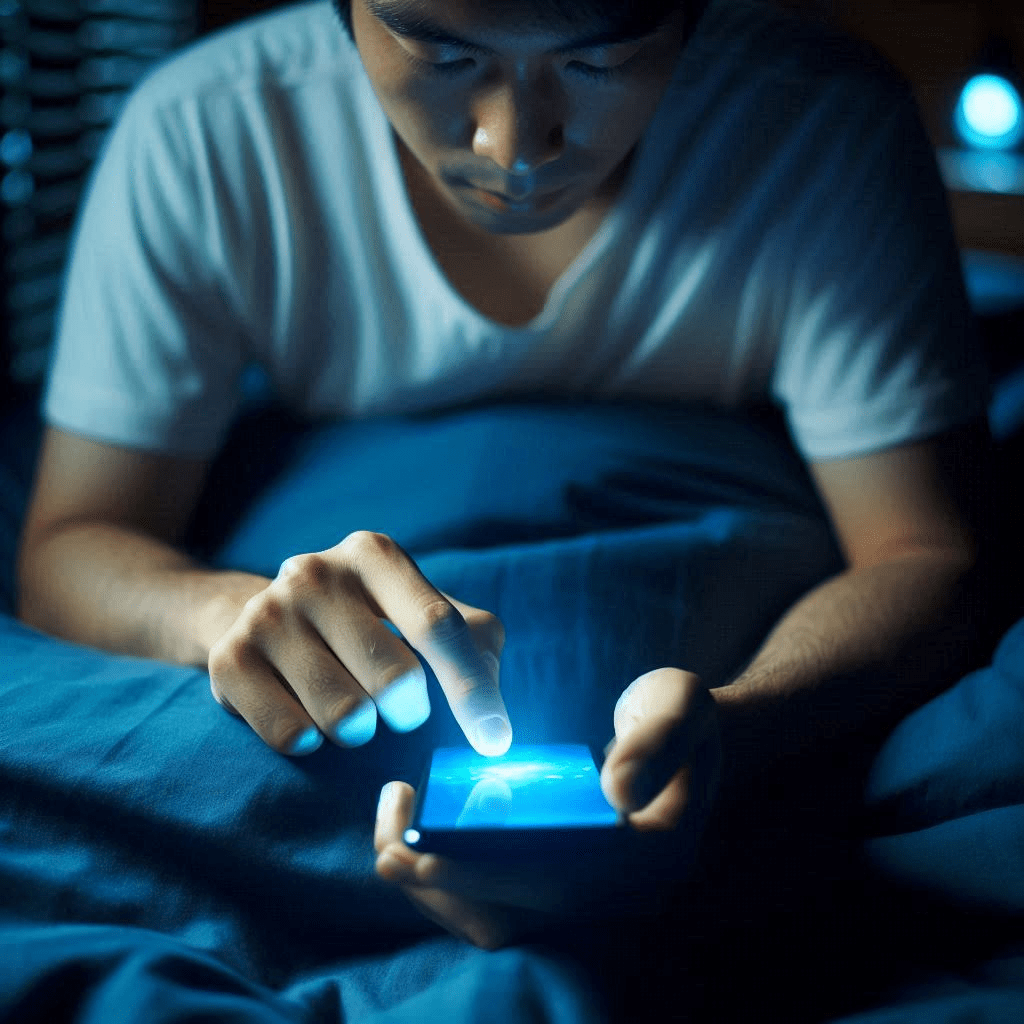
Now that we understand how blue light affects sleep quality, let’s explore some practical strategies to protect your sleep:
- Establish a Digital Curfew
- Use Blue Light Filters
- Invest in Blue Light Blocking Glasses
- Optimize Your Sleep Environment
- Increase Daytime Light Exposure
- Practice Good Sleep Hygiene
- Consider Blue Light-Free Reading
The Role of Melatonin in Blue Light and Sleep Quality
While lifestyle changes should be your first line of defense against blue light’s effects on sleep quality, some people find melatonin supplements helpful. These can be particularly useful when dealing with jet lag or shift work. However, always consult with a healthcare professional before starting any new supplement regimen.
For more information on melatonin and sleep, check out this resource from the Sleep Foundation: https://www.sleepfoundation.org/melatonin
Looking to the Future: Blue Light and Sleep Quality Research
As our understanding of blue light’s effects on sleep quality continues to evolve, researchers are exploring new avenues:
- Development of more effective blue light filters for devices
- Investigation into the long-term health impacts of artificial blue light exposure
- Exploration of light therapies to help reset disrupted circadian rhythms
For the latest research on blue light and sleep quality, visit the National Sleep Foundation’s website: https://www.thensf.org/
Conclusion: Balancing Technology and Sleep Quality
In our screen-centric world, completely avoiding blue light in the evening isn’t always practical. The key is to find a balance that works for you. By implementing some of the strategies we’ve discussed, you can harness the benefits of technology while still protecting your precious sleep quality.
Remember, good sleep quality is a cornerstone of overall health and well-being. By being mindful of your blue light exposure, you’re taking an important step towards better sleep and, by extension, a healthier, more energized you.
Have you noticed how blue light affects your sleep quality? What strategies have you found most effective in managing evening screen time? Share your experiences in the comments below – your insights might just help someone else improve their sleep quality!

